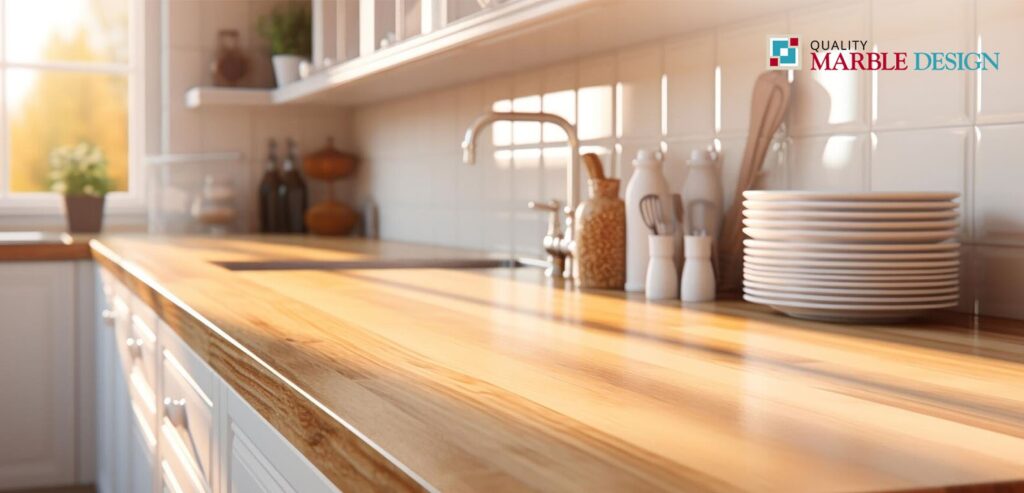Selecting a countertop that matches your home décor and budget requires careful consideration. Countertops play a crucial role in defining the look and functionality of your kitchen or bathroom. With various materials and styles available, making the right choice can enhance your space without overspending.
1. Assess Your Existing Décor
Before choosing a countertop, evaluate your current home décor. Consider the style, color scheme, and materials used in your kitchen or bathroom. For instance, if your space features modern elements with sleek finishes, a quartz or granite countertop in a neutral color may complement the look. Conversely, if you have a rustic or traditional theme, options like butcher block or a classic marble countertop might be more appropriate. Understanding your existing décor will help guide your selection and ensure that the new countertop integrates seamlessly with your current design.
2. Determine Your Budget
Establishing a budget is essential when choosing a countertop. Countertop materials vary widely in cost, so knowing your financial limits will help narrow down your options. Affordable countertop materials like laminate or ceramic tiles can offer a budget-friendly solution without sacrificing style. For those willing to invest a bit more, materials such as quartz or granite offer durability and aesthetic appeal. Setting a clear budget will help you focus on options that fit both your design preferences and financial constraints.
3. Explore Material Options
Different materials offer various benefits and aesthetics. Each type has its own price range, durability, and maintenance requirements. Here’s a brief overview of common options:
• Granite: Known for its natural beauty and durability, granite comes in a range of colors and patterns. It can be a bit pricier but adds significant value to your home.
• Quartz: Engineered stone that mimics natural stone. It’s durable, low-maintenance, and available in numerous designs.
• Laminate: A cost-effective option with many patterns and colors. It’s not as durable as stone but can be a good choice for budget-conscious projects.
• Butcher Block: Offers a warm, natural look and is ideal for rustic kitchens. It requires regular maintenance to prevent damage.
4. Match Countertop with Cabinetry and Flooring
To achieve a cohesive look, match your chosen countertop with existing cabinetry and flooring. If your cabinets are dark wood, lighter countertops can create contrast and balance. Conversely, if you have light-colored cabinets, you might opt for a darker or patterned countertop to add depth. For flooring, ensure that the countertop complements the material and color. A harmonious combination of these elements will result in a well-integrated and visually appealing space.
5. Consider Maintenance and Durability
When selecting a countertop, consider how much maintenance you are willing to undertake. Some materials, like granite, require sealing to prevent staining, while quartz is more resistant to damage and easier to maintain. Laminate and butcher block have their own maintenance needs, such as periodic sealing or careful cleaning. Choose a material that fits your lifestyle and maintenance preferences to ensure longevity and ease of use.
6. Look for Local Deals and Options
Finding the best countertop near you can help you stay within budget. Local suppliers and showrooms often offer discounts, promotions, or clearance items that can reduce costs. Visit several stores to compare prices and see samples in person. This will also allow you to get a sense of the material’s texture and color in different lighting conditions.
Summing Up
Choosing a countertop that complements your existing décor and fits within your budget involves assessing your current style, setting a clear budget, and exploring various materials. By considering these factors and consulting with professionals, you can find a countertop that enhances your space while remaining cost-effective. Quality Marble Design is here to help you find the perfect countertop solution that meets both your design and financial needs.



